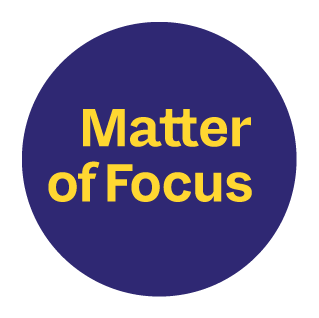Feel free to use these in your work – we have a creative commons license on all of our tools to allow you to share, adapt and use with credit to Matter of Focus – we’d love to hear how you get on. Please do contact us to let us know!
1. Reflective impact log
Often what is missing from outcome and impact evaluation is the perspective of the people delivering the initiative. The focus tends to be on the people who benefit or are targeted by the initiative, and of course their feedback is vital, but it is really important to collect the views of people involved in implementation. Here’s why:
- It allows sharing of what went well and where the challenges were in the delivery of a programme or initiative.
- It brings in early reflections before other data is available.
- It helps build up a full description of what was delivered and why.
- It can help shape and understand what other data will be needed to build a robust contribution story.
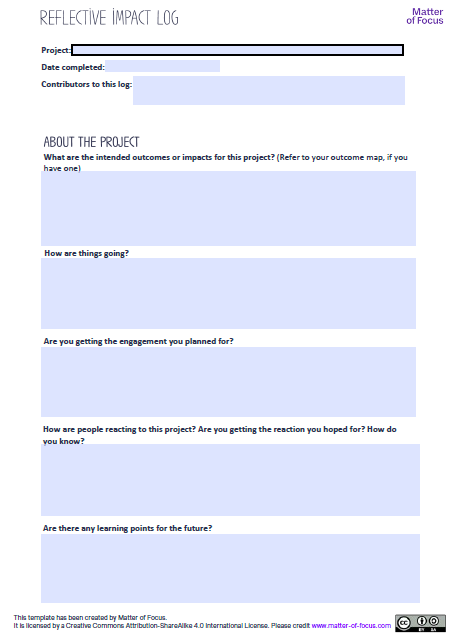
2. Quick feedback form
It can be helpful to break feedback collection into manageable chunks and one way we do this is with a quick feedback form. You can ask for simple feedback about what was good about any input or activity and what could be improved, but you can also ask people about what they learned and what they might do differently.
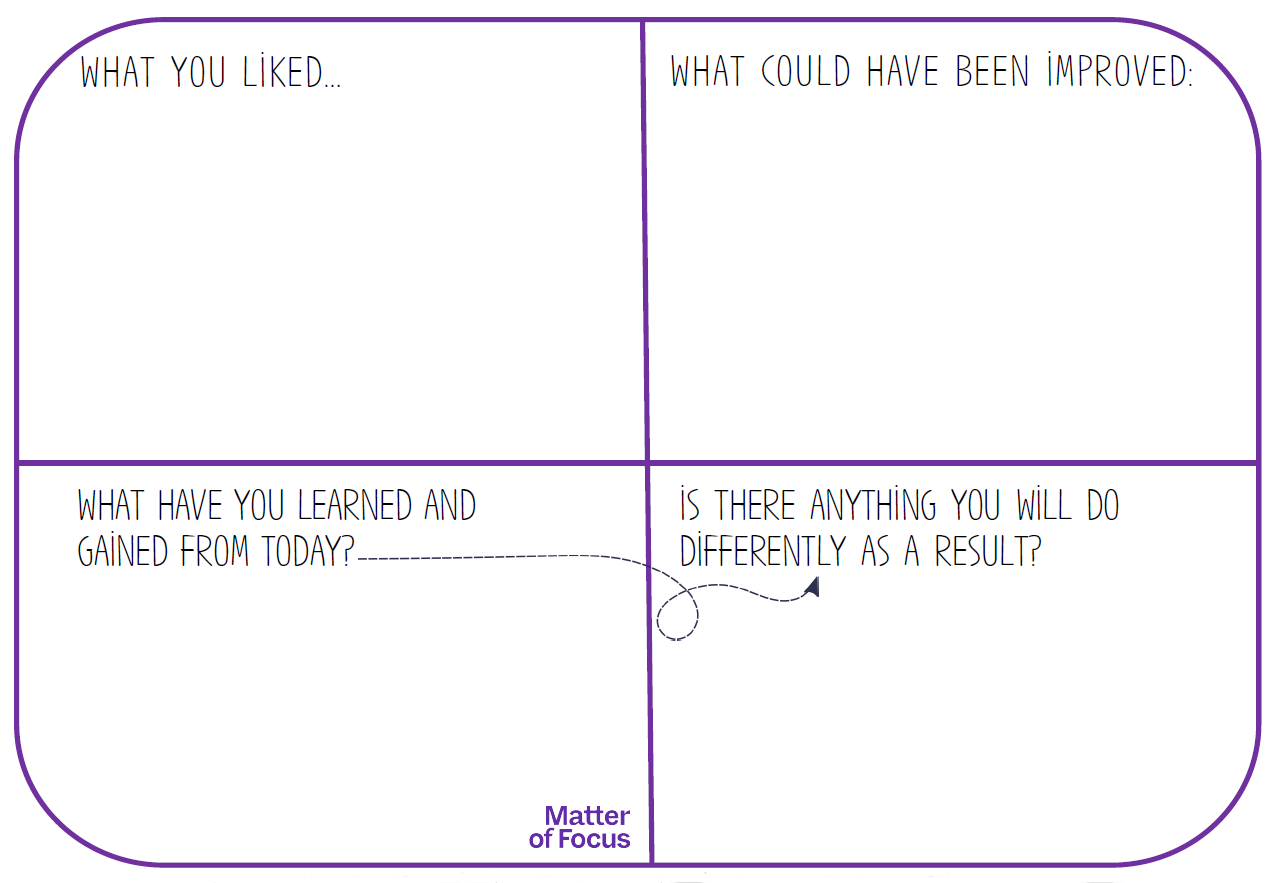
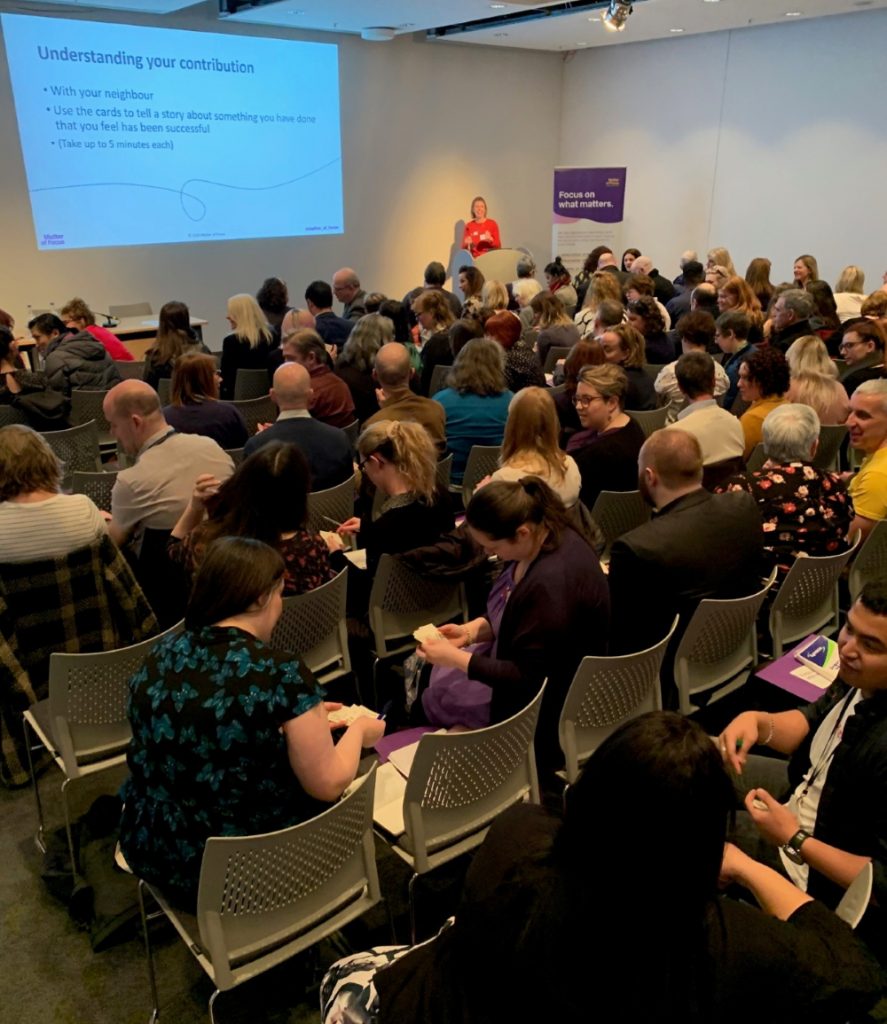
This can really be fast – we allowed 3 minutes for this at our SCVO Gathering session and got 78 responses from our 110 attendees.
We collated the feedback to learn about the potential impact of our session and what we might change for the future. We then implemented some of the changes when we re-ran the event as a webinar (you can watch the recorded webinar here.)
Collecting feedback quickly ‘in the moment’ can be preferable for the people giving feedback, and means you are more likely to get responses than with longer surveys – which you can always follow up with at a later stage.
Another way you can use this quick feedback form is to include outcomes from your outcome map in the questions. Our own outcome map at Matter of Focus includes that people:
- feel our approach is in line with their values
- learn about the importance of working with outcomes, and
- feel more confident about working with data and evidence.
We collect feedback on one of these three questions each time we ask for quick feedback on our activities, and circle round the questions over time to build up a picture of our progress.
Collecting feedback at online events
Now that all our events and workshops are being held online during the current restrictions, we still collect quick feedback.
If we’re hosting a webinar, we often collect feedback in the chat function. We ask the question, give people a few moments to type their answer but ask them to hold off pressing send until we say go! The result is a flood of answers flowing in all at once – we refer to this as a ‘chat-fall’.
If we’re working with clients on an online whiteboard – for example in an outcome mapping workshop, we’ll post our form on the whiteboard and invite participants to leave notes.
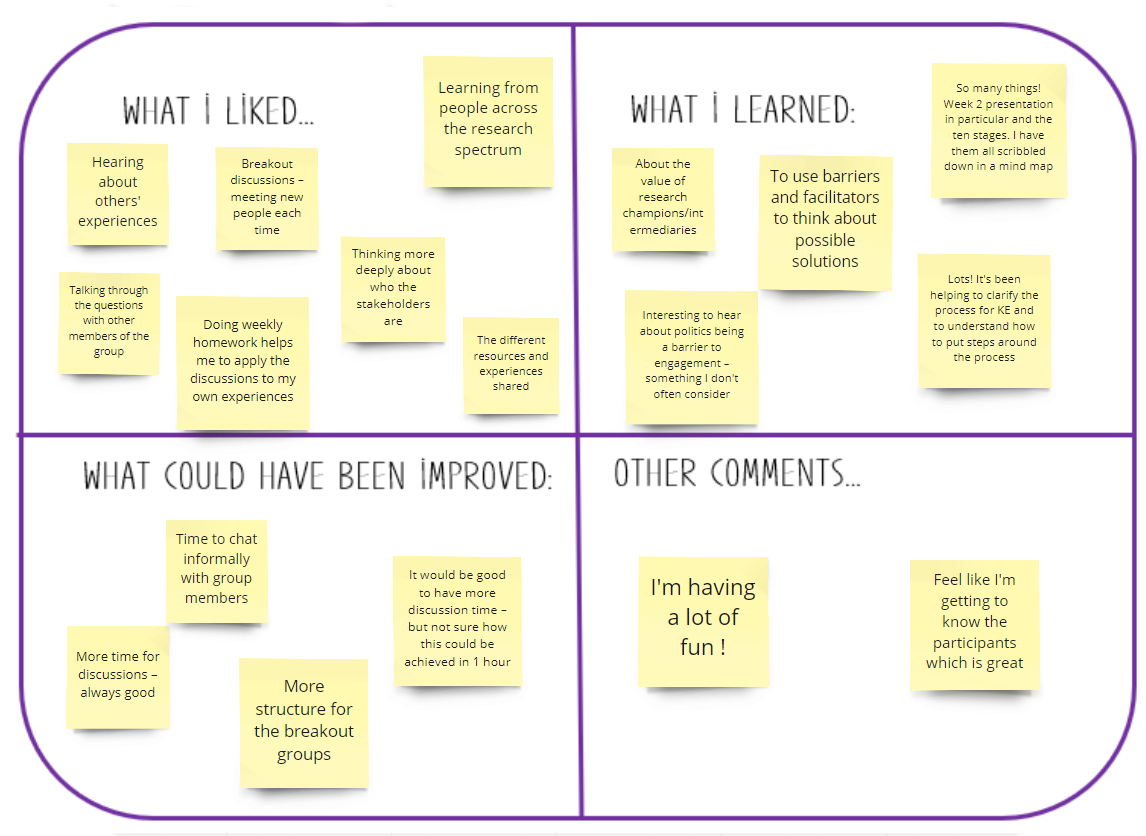
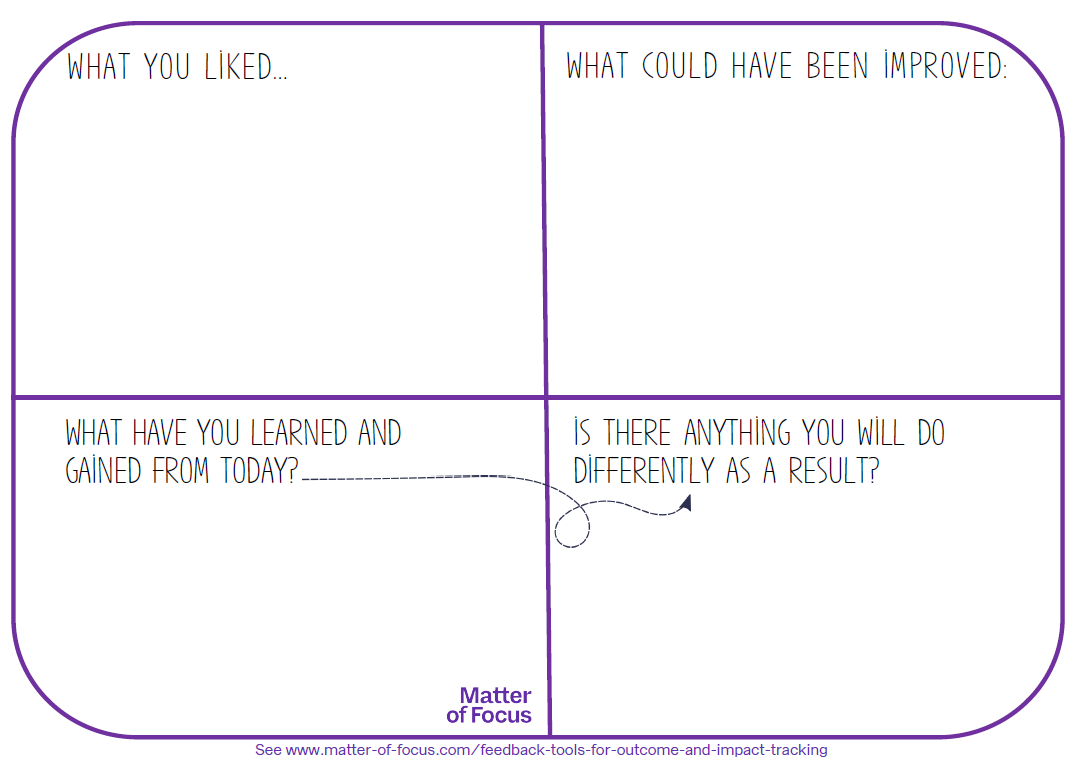
3. Informal feedback record or ‘thank bank’
What do you do with all the informal feedback you receive?
Your informal feedback might include emails, tweets, pictures or cards. Many of our clients face the problem of how to capture this feedback so it can be used in a meaningful way.
We suggest collating these in an informal feedback record – some people like to call this a ‘thank-bank’ although it can include negative as well as positive feedback. This means that this kind of informal feedback is all in one place and can be used as a source of evidence for impact and outcome tracking.
Our own informal feedback record is a simple Excel workbook, with two pages. The first page we use for various informal feedback we get via email, social media and directly spoken to us. We record this, along with a quote where possible, and whether we have permission to use it publicly. The second page in our workbook records the presentations we give, the numbers who came and a description. This helps to show our reach.
Our clients adapt their own version of this record to suit their context, some have a sheet for thank-you letters, feedback from website pop-ups, or other sources where they get informal feedback.
This is a very simple way of collating evidence and making it more formal.
Of course, it’s is only as good as the information you add to it!
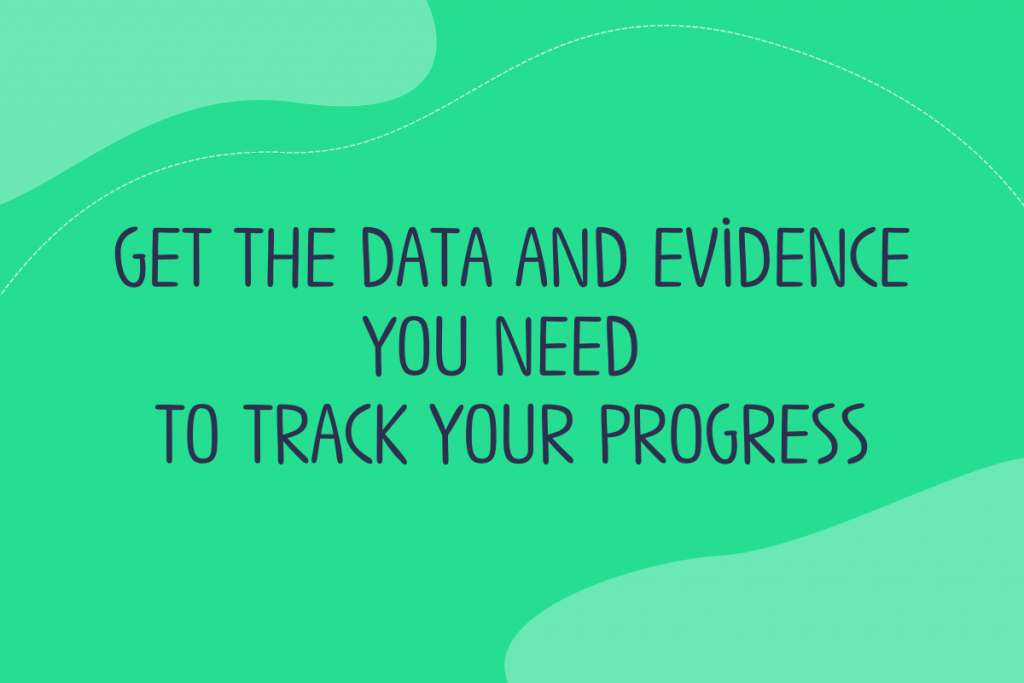
We are data, evidence and feedback enthusiasts and we believe that having this information is essential to learning about what is and isn’t working, making improvements and building an evidence-based picture of the difference you make. Read more in our post Get the data and evidence you need to track your progress
If you found the information in this post helpful, you may like to sign up to our mailing list for news of our webinars and courses, along with a round up of key insight posts every quarter…
